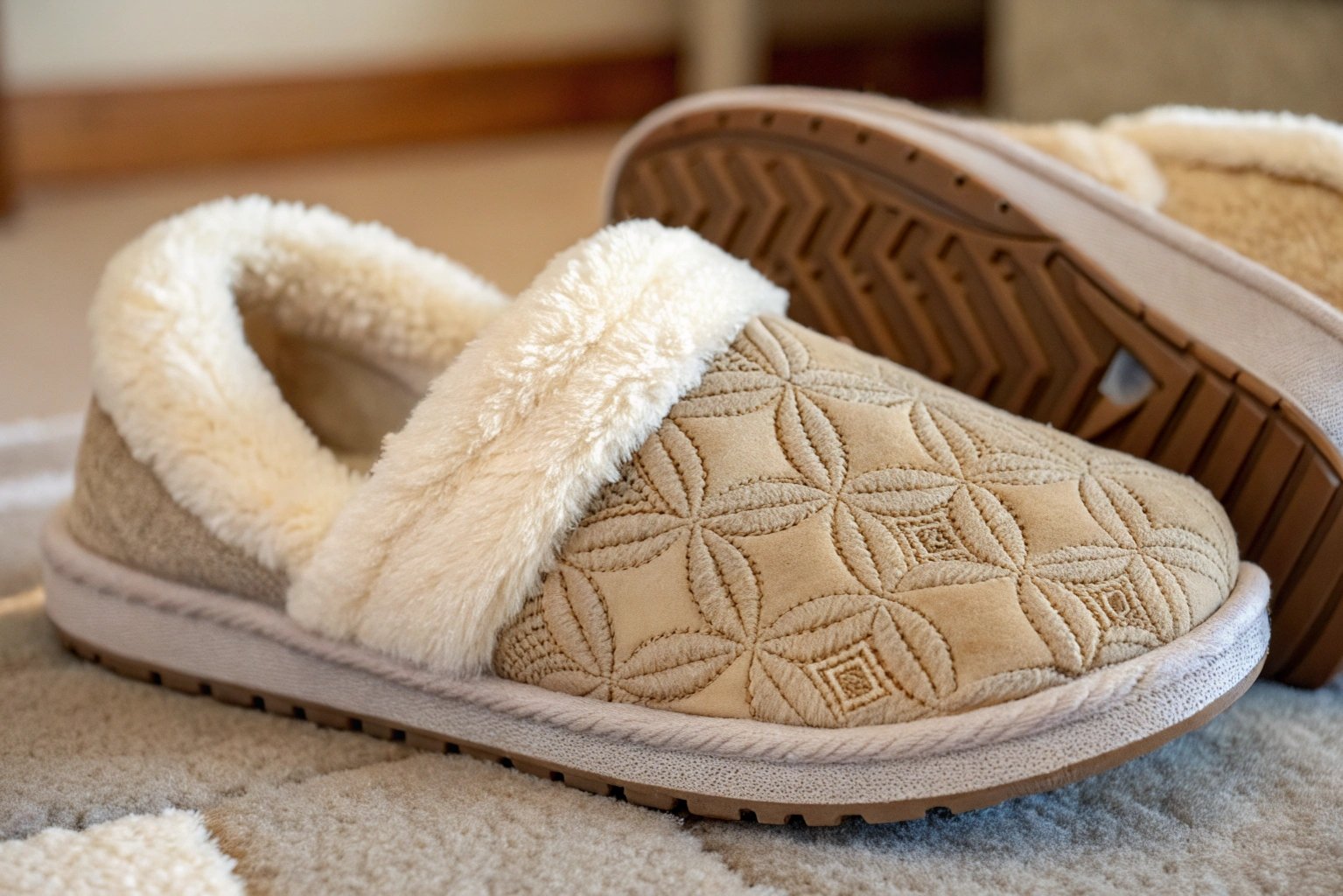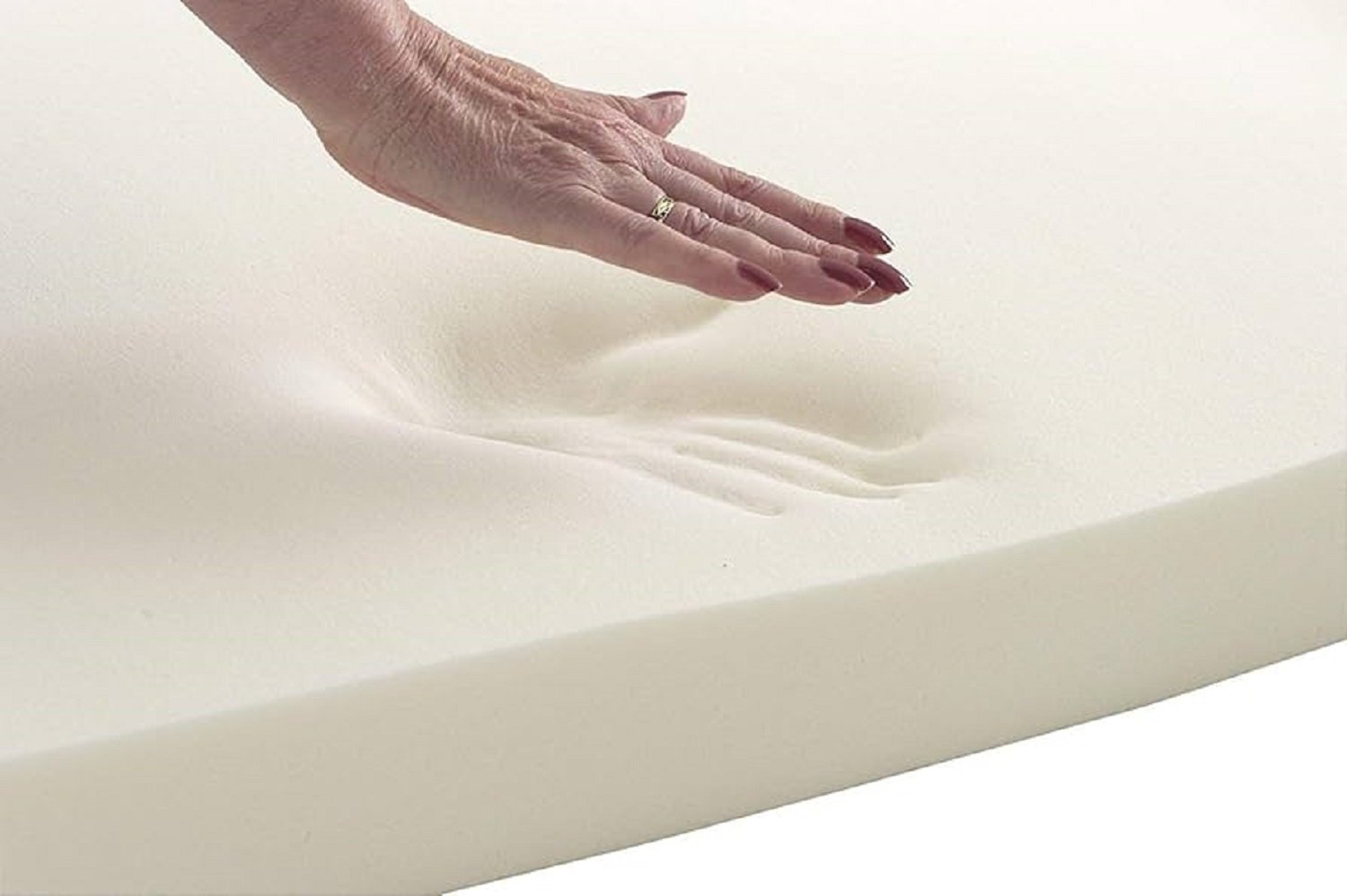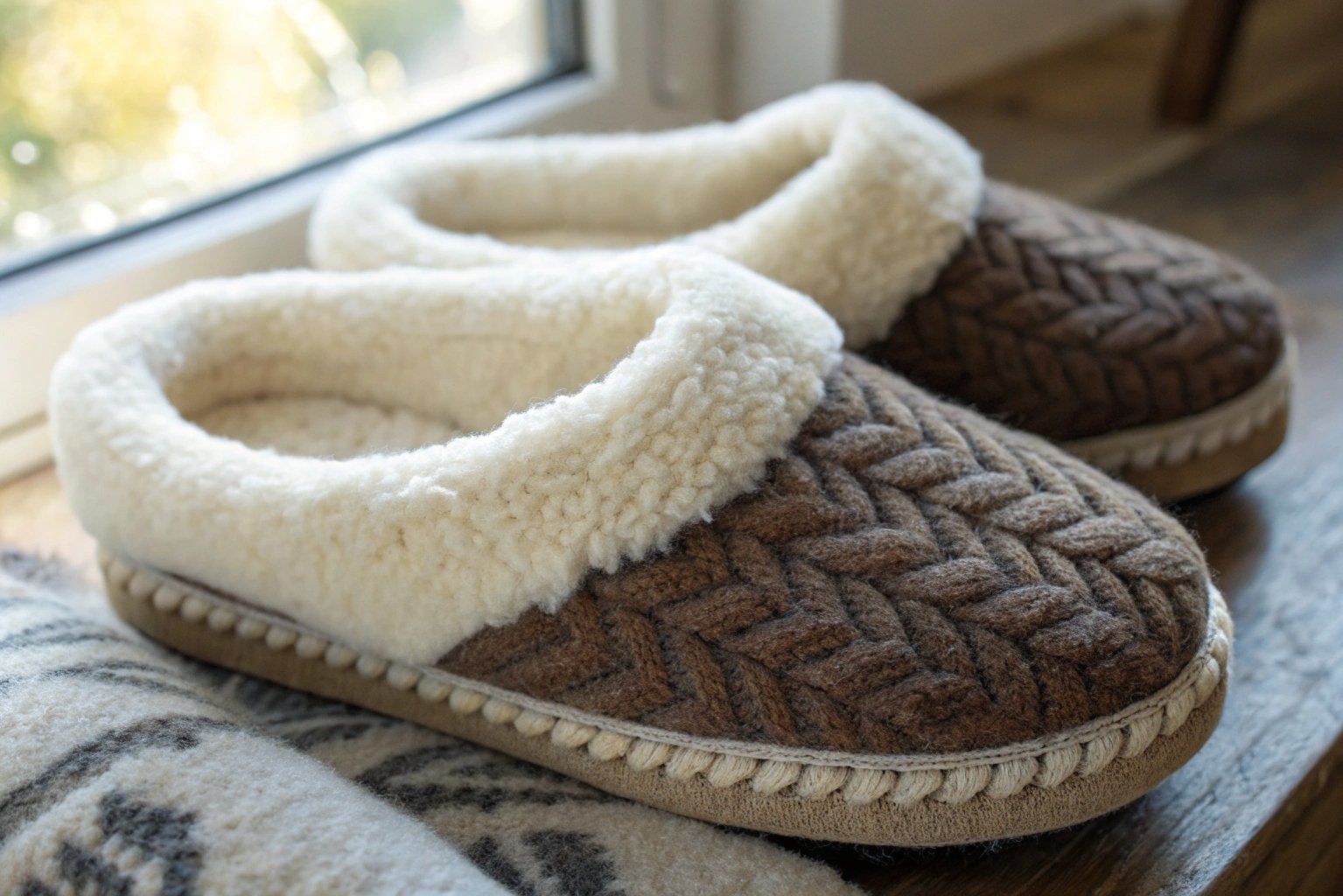Are you tired of your winter slippers flattening out after just a few weeks? It’s a common problem that leaves your feet cold and unsupported. Let’s explore why slipper fillings collapse and what you can do about it.
Yes, the fillings of winter slippers, especially those made from sponges or cotton wool, can collapse easily with regular use. This is due to the compression of the materials over time, leading to reduced cushioning and warmth.

Many factors influence how quickly your slippers flatten. Keep reading to find out more!
How do different fillings affect the comfort and durability of winter slippers?
Have you ever wondered why some slippers feel great for a long time, while others quickly lose their fluff? The secret lies in the type of filling used. Let’s examine some common options.
Different fillings in winter slippers offer varying degrees of comfort and durability. Memory foam and wool tend to hold their shape and provide longer-lasting cushioning compared to cotton or sponge fillings.

Diving deeper into the world of slipper fillings, it’s crucial to understand how each material performs under pressure. Here’s a breakdown:
| Filling Type | Comfort Level | Durability | Warmth | Price |
|---|---|---|---|---|
| Cotton | Soft | Low | Moderate | Low |
| Sponge | Moderate | Low | Moderate | Low |
| Memory Foam | High | High | High | Moderate |
| Wool | High | High | High | High |
| Down Alternative | Moderate | Moderate | High | Moderate |
Cotton is often the cheapest option, providing initial softness, but it compresses quickly. Sponge fillings offer a bit more support, but their lifespan is also limited. Memory foam molds to your feet for personalized comfort and bounces back well, making it more durable. Wool is a natural insulator, keeping your feet warm and dry, and it’s known for its resilience. Down alternative fillings mimic the warmth of down feathers but are more affordable and easier to care for. I remember a time when my father bought a pair of slippers with cotton filling and within a month, he was complaining about how flat they had become. This experience really highlighted the importance of choosing the right filling material.
What can you do to prevent the fillings of your winter slippers from collapsing quickly?
Are you wondering if there are ways to keep your slippers from flattening out too soon? With a little care and smart choices, you can extend their life and keep your feet happy.
To prevent the fillings of your winter slippers from collapsing quickly, choose slippers with high-quality, resilient fillings like memory foam or wool. Also, rotate slippers, and gently fluff them regularly.

To extend the life of your favorite slippers, consider these strategies in more detail:
-
Choose Quality Materials: When buying slippers, look for fillings that are known for their durability. Memory foam and wool are excellent choices because they resist compression and maintain their shape longer.
-
Rotate Your Slippers: If you wear slippers every day, consider having two pairs and alternating between them. This allows the fillings to recover and prevents them from being constantly compressed. I typically advise my customers to invest in multiple pairs because this helps them to extend the slippers’ lifespan.
-
Fluff Them Regularly: After each use, take a few seconds to fluff your slippers. This helps to redistribute the filling and prevent it from becoming too compacted.
-
Avoid Over-Wearing: Try to limit the amount of time you wear your slippers each day. Wearing them constantly can accelerate the compression of the fillings.
-
Wash Them Properly: If your slippers are washable, follow the care instructions carefully. Over-washing or using harsh detergents can damage the fillings and cause them to break down more quickly. I have found that hand washing my slippers helps to preserve their shape and extend their lifespan significantly.
-
Consider Insoles: Adding separate insoles to your slippers can provide extra cushioning and support, reducing the stress on the original fillings.
Conclusion
Choosing slippers with durable fillings, like memory foam or wool, and taking good care of them will keep your feet warm and comfortable all winter.

